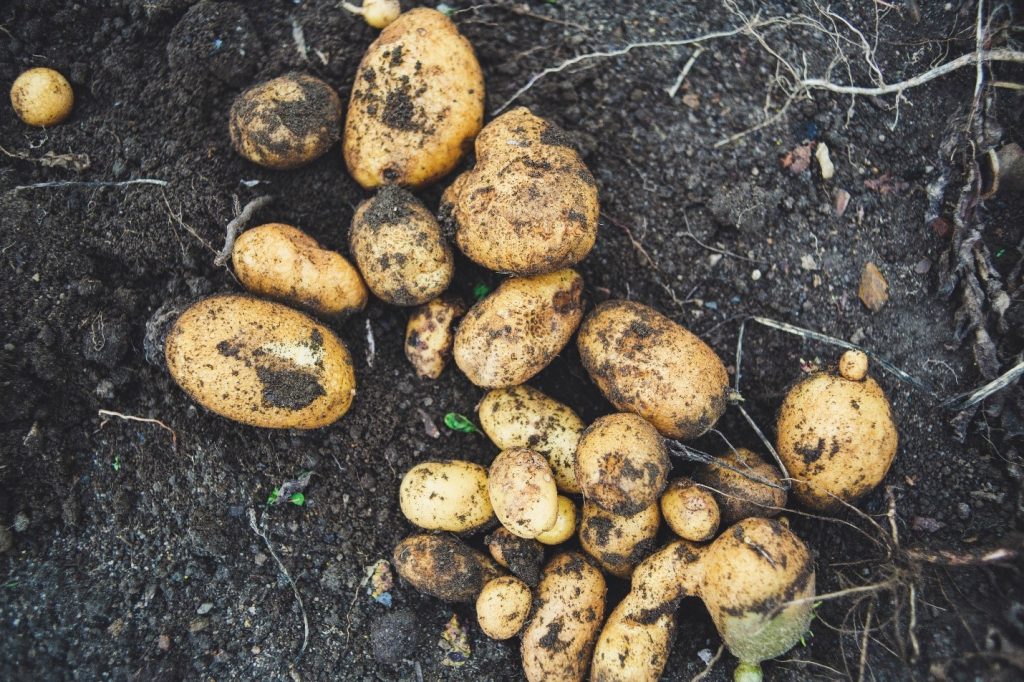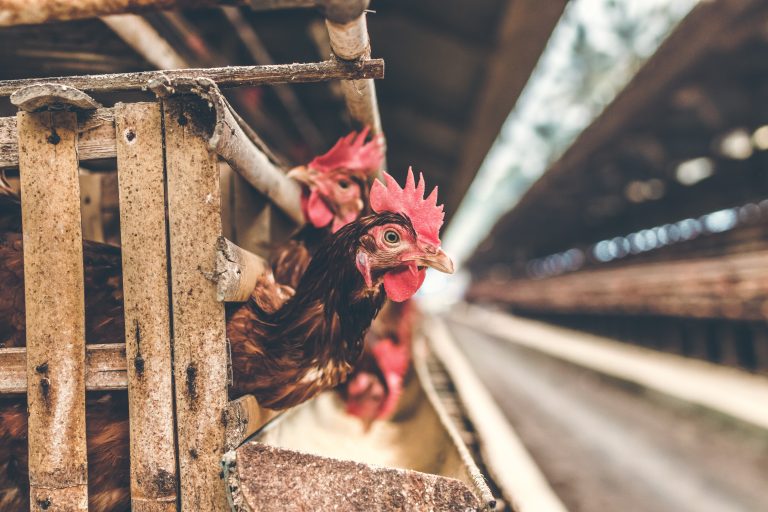Small Potatoes

In early December 2019, media outlets across the US warned of a potential French fry shortage in 2020. These warnings came after the US Department of Agriculture estimated that the total US potato output in 2019 would be 6.1 percent lower than in 2018. The lower output was the result of cold, wet weather which damaged crops, and left some fields unable to be harvested. Some Canadian potato growing regions experienced a similar weather effect. The expectation of fewer, smaller potatoes set off panic alarms for French fry lovers, as French fries are primarily made from longer potatoes. This news led some analysts to predict either a rise in French fry prices, or restaurants serving smaller portion sizes. After all, this is what a standard supply and demand model would predict.
Industry insiders, however, moved quickly to calm consumers, as there are several reasons we should expect there to be no shortage of French fries in 2020. First, the crop damage was isolated in a few growing regions. In fact, other parts of the US had a better-than-average growing season. So, the regions that experienced a good growing season could use their surplus to fill the orders of French fry producers. Second, large French fry producers lock in prices for their potato purchases far in advance of harvest time through the use of futures contracts. So, even if there was a reduction in supply, it would not affect the price they pay. Third, the largest sellers of French fries are fast-food chains, and fast-food chains do not like changing their menu prices or altering their products. They want to make sure that customers get a consistent product at a consistent price no matter when or where they visit one of their franchise locations. If the supply reduction is to have any effect in the French fry market, it will likely be seen among smaller restaurants and in grocery store aisles. These producers will have an easier time changing prices and/or reducing portion sizes. It will also be easier for them to replace French fries with lower cost substitutes.
Questions:
- Suppose French fries and sweet potato fries are substitutes. What happens to the equilibrium price and quantity of sweet potato fries if the price of French fries increases?
- Standard supply and demand models predict that if consumers expect the price of a good to increase in the future, then there will be an increase in demand today. Discuss whether that prediction will hold in the case of fast-food French fries versus grocery store frozen French fries.
- Nearly all of the reports on the weak potato harvest focused on how the French fry market would be affected. What other product markets might be affected, and how?
- As mentioned above, large fast-food chains are hesitant to change their menus, whereas smaller restaurants are more flexible. Which of these are likely to have the more inelastic demand for potatoes? How might that explain why fast-food chains prefer to lock in prices with futures contracts?













